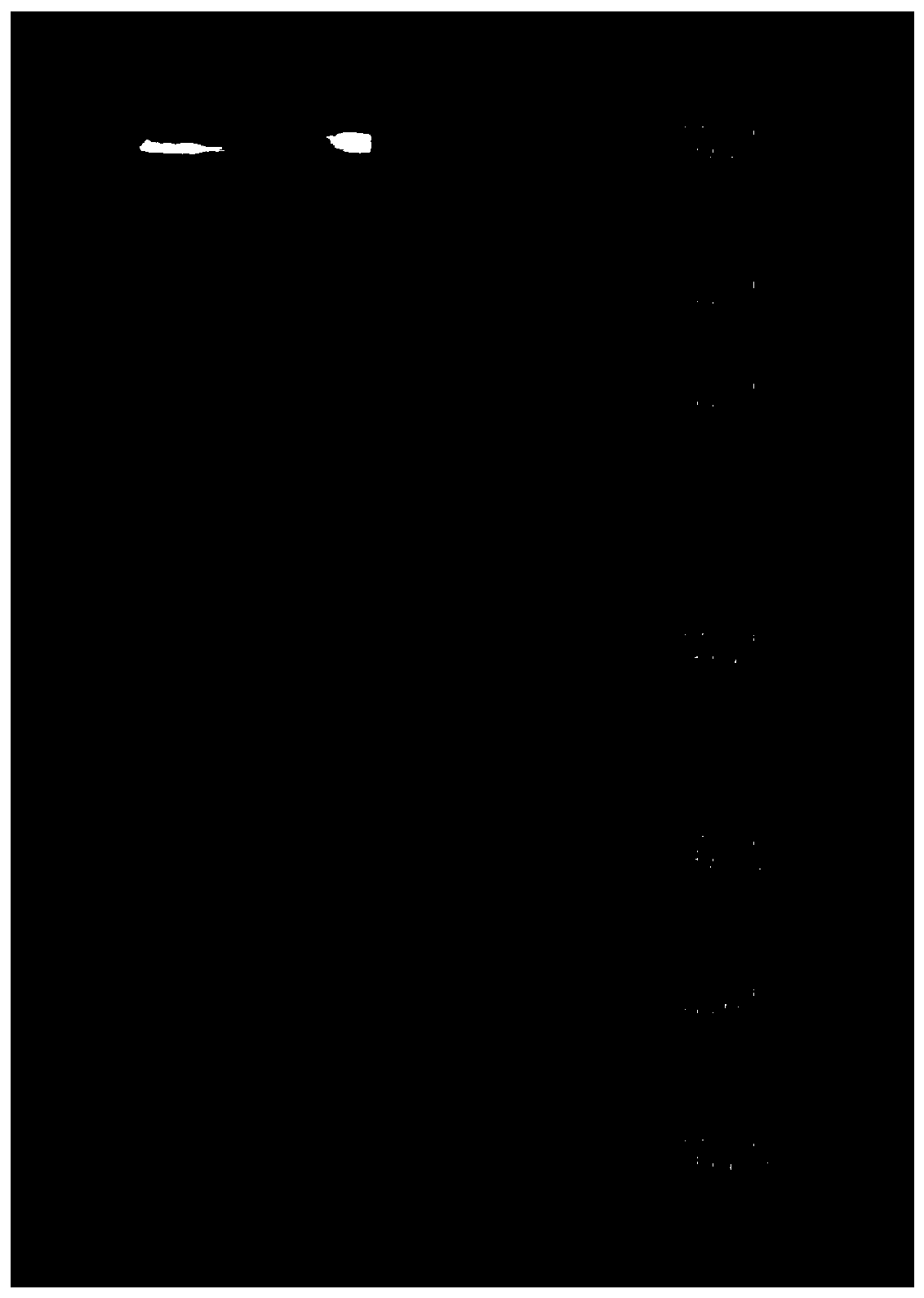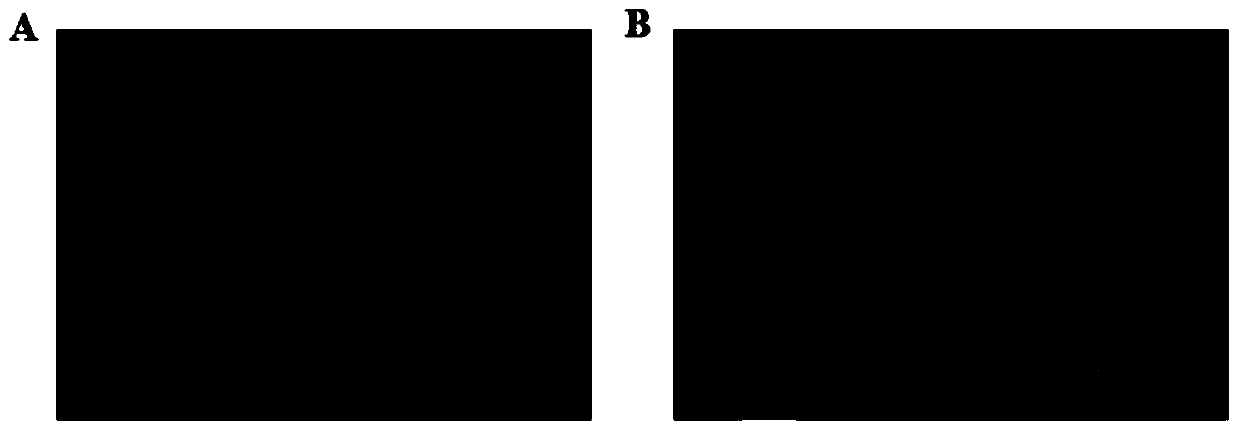Preparation method for bio-affinity chromatography column rich in P-glycoprotein and application thereof
A glycoprotein and chromatographic column technology, applied in the field of medicine, can solve the problems of being unsuitable for large-scale target drug screening, long experimental period, and cell models can only be used once, achieving good application prospects, long service life, strong exclusive effect
- Summary
- Abstract
- Description
- Claims
- Application Information
AI Technical Summary
Problems solved by technology
Method used
Image
Examples
Embodiment 1
[0027] Cultivate Caco-2 cells: The culture conditions of Caco-2 cells are high-glucose medium containing 10% fetal bovine serum, 1% double antibody and 1% non-essential amino acids. 2 Count the cell flasks and collect the cells. Add the plasma membrane extract solution to the collected Caco-2 cells, the composition of the plasma membrane extract solution is: 1mL lysate (1%Triton-100, 10mmol / LTris, 150mmol / LNaCl, 2.5mmol / LEDTA), 10μL 100mmol / LPMSF and 75 μL aprotinin; gently beat the cells and then grind at 4°C, after grinding, let stand for 15 minutes, transfer the cell disruption solution to a special centrifuge tube, and then slowly add it in a thin stream along the wall at a volume ratio of 2: 2:1 80% sucrose solution, 30% sucrose solution, 5% sucrose solution, the interface of sucrose layer appears, let stand at 4°C for 20min, centrifuge at 4°C, 200000g for 16h, then take out; figure 1 It is the diagram of Caco-2 cell plasma membrane stratification after centrifugation, s...
Embodiment 2
[0036] Add 1mL lysis buffer (1%Triton-100, 10mmol / LTris, 150mmol / LNaCl, 2.5mmol / LEDTA), 10μL 100mmol / LPMSF and 75μL aprotinin to the collected Caco-2 cells. Grind at 4°C, stand still for 15 minutes after grinding, transfer the cell disruption solution to a special centrifuge tube, and then slowly add 80% sucrose solution and 30% sucrose solution with a volume ratio of 2:2:1 along the wall in a thin stream , 5% sucrose solution, the interface of the sucrose layer appeared, let stand at 4°C for 20min, centrifuged at 4°C, 200,000g for 16h, then collected and extracted the plasma membrane layer, the plasma membrane layer was taken as the 3-6 floc layer; the collected The obtained plasma membrane layer was dialyzed in PBS of pH 7.4 for 36 hours in a 3000Da dialysis bag to obtain a plasma membrane solution rich in P-glycoprotein, and stored in a -80°C refrigerator for later use; take 0.6mL rich in P-glycoprotein The protein plasma membrane solution was shaken with 1.2g of amino-bond...
Embodiment 3
[0038] The retention time of the P-glycoprotein bioaffinity chromatographic column for the P-glycoprotein positive drug verapamil was measured when the mobile phase concentration was 5mmol / L, 10mmol / L and 15mmol / L ammonium acetate, and the mobile phase at different concentrations was investigated. Relative adsorption performance. Chromatographic conditions: P-glycoprotein bioaffinity column 30mmx4.6mm; flow rate 0.3mL / min; column temperature 37°C; injection volume 20μL; injection concentration 200μg / mL; UV detector; detection wavelength 228nm. Figure 5 Be mobile phase ammonium acetate concentration respectively at 5mmol / L, when 10mmol / L and 15mmol / L, P-glycoprotein bioaffinity chromatographic column is to the adsorption performance contrast figure of verapamil; By Figure 5 Visible, ammonium acetate concentration is respectively 100min, 65min and 50min when the concentration of ammonium acetate is 5mmol / L, 10mmol / L and 15mmol / L time peak. It can be seen that as the concentra...
PUM
 Login to View More
Login to View More Abstract
Description
Claims
Application Information
 Login to View More
Login to View More - R&D
- Intellectual Property
- Life Sciences
- Materials
- Tech Scout
- Unparalleled Data Quality
- Higher Quality Content
- 60% Fewer Hallucinations
Browse by: Latest US Patents, China's latest patents, Technical Efficacy Thesaurus, Application Domain, Technology Topic, Popular Technical Reports.
© 2025 PatSnap. All rights reserved.Legal|Privacy policy|Modern Slavery Act Transparency Statement|Sitemap|About US| Contact US: help@patsnap.com



